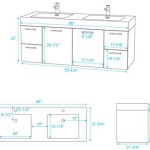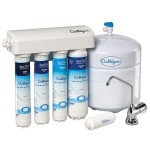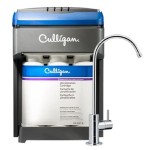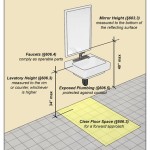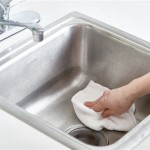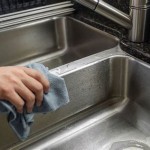How To Remove a Waste Disposal From a Sink
Removing a garbage disposal unit, while seemingly daunting, is a manageable task with the right tools and a methodical approach. This article provides a comprehensive guide to safely and efficiently detaching and removing a disposal unit from a kitchen sink.
Essential Tools and Materials: Before beginning the removal process, gather the necessary tools. These typically include a bucket, pliers, screwdrivers (both Phillips and flathead), adjustable wrench, safety glasses, work gloves, and a flashlight. A basin wrench may also be helpful, particularly for older installations.
Safety Precautions: Safety should be the paramount concern throughout this process. Always disconnect the power supply to the garbage disposal before starting any work. This can be achieved by turning off the circuit breaker dedicated to the disposal unit at the main electrical panel. Confirm the power is off by attempting to turn on the disposal switch.
Disconnecting the Plumbing: The first step in removing the disposal involves disconnecting the plumbing connections. Place the bucket beneath the P-trap, the curved section of pipe beneath the sink, to catch any residual water. Use pliers to loosen and remove the slip nuts connecting the P-trap to the drainpipe and the disposal unit's discharge pipe. Carefully remove the P-trap, allowing the water to drain into the bucket.
Detaching the Dishwasher Drain (If Applicable): If a dishwasher is connected to the garbage disposal, locate the rubber hose connection on the side of the disposal unit. Use pliers to loosen and remove the hose clamp securing the dishwasher drain hose. Carefully detach the hose, allowing any remaining water to drain into the bucket.
Disconnecting the Disposal from the Sink Mount: Garbage disposals are typically mounted to the sink flange, a metal ring located at the sink drain opening. Modern disposals often use a quick-lock mounting system. This system usually involves rotating a locking ring located on the underside of the disposal unit. Consult the manufacturer's instructions for the specific model to determine the correct unlocking procedure. Older models may require loosening screws accessible from within the sink cabinet.
Lowering the Disposal Unit: Once the mounting system is disengaged, carefully lower the disposal unit, supporting its weight to prevent it from falling. The unit may still be connected to the electrical wiring.
Disconnecting the Electrical Wiring: Locate the electrical connection box on the side of the disposal unit. Remove the cover plate to access the wiring. Carefully disconnect the wires connecting the disposal to the power supply. Note the wiring configuration for future reference when installing a new unit. Secure the loose wires to the cabinet wall using electrical tape to prevent accidental contact.
Removing the Old Putty: After the disposal unit is completely removed, clean the sink flange by removing any old plumber's putty. Use a putty knife or similar tool to scrape away the old putty, ensuring a clean surface for the installation of a new unit.
Disposing of the Old Unit: Dispose of the old garbage disposal unit according to local regulations. Some municipalities may have specific guidelines for discarding appliances. Check with local waste management services for proper disposal procedures.
Preparing for a New Installation: With the old disposal removed, the sink drain is now ready for a new installation. Before installing a new unit, ensure the sink flange is clean and in good condition. If the flange is damaged or corroded, it should be replaced. This is also a good time to replace the P-trap and other drain components if necessary.
Consulting Manufacturer Instructions: While this guide provides general instructions for removing a garbage disposal, always consult the manufacturer's instructions specific to the model being removed. Different models may have unique features or mounting systems that require specific procedures. Following the manufacturer's instructions will ensure a safe and successful removal process.
Seeking Professional Assistance: If any step of the removal process presents significant difficulty or uncertainty, contacting a qualified plumber is recommended. A professional plumber possesses the expertise and tools to handle complex situations and ensure a proper and safe removal.

Replace A Garbage Disposal With Regular Drain Youtube

How To Replace A Garbage Disposal Family Handyman

How To Replace A Garbage Disposal Family Handyman

How To Remove A Garbage Disposal Youtube

How To Remove A Garbage Disposal Elimination Or Replacement

How To Remove A Garbage Disposal Angi

Waste Disposal Units The Ultimate Guide To Cleaning Them

How To Remove Old Garbage Disposal And Replumb Back Your Kitchen Drain

How To Remove And Replace A Garbage Disposal Anderson Lumber

How To Remove A Garbage Disposal Elimination Or Replacement
